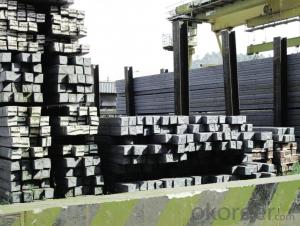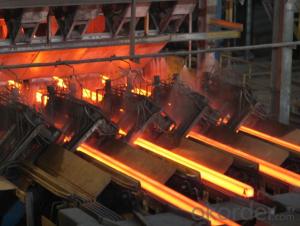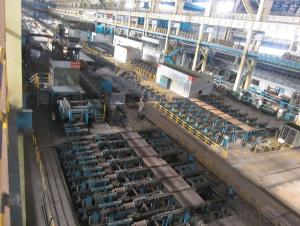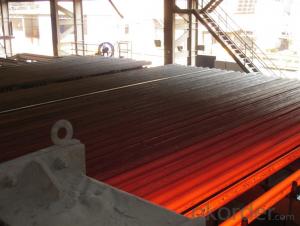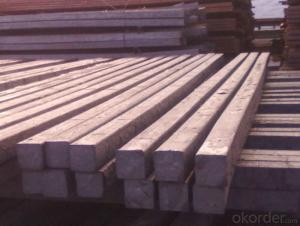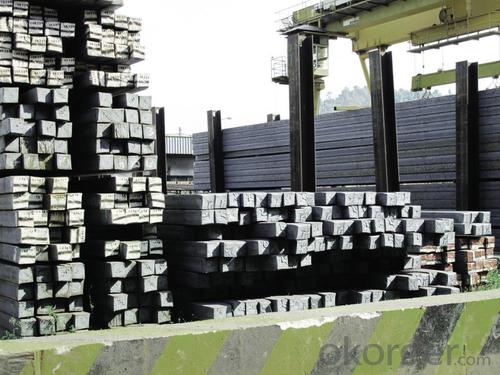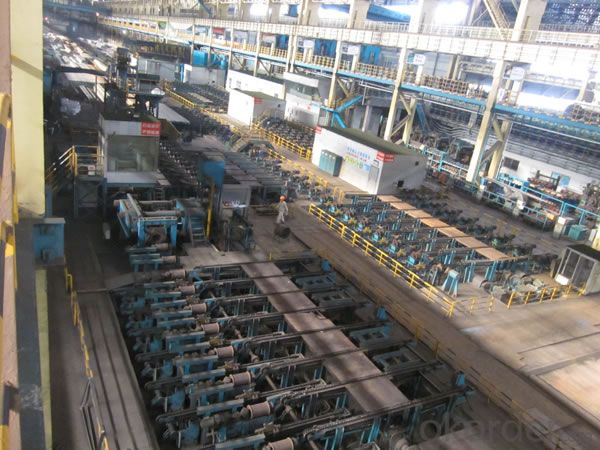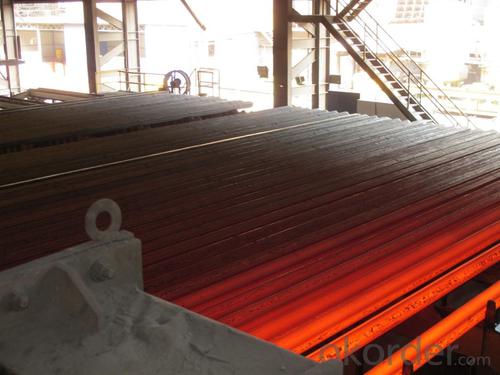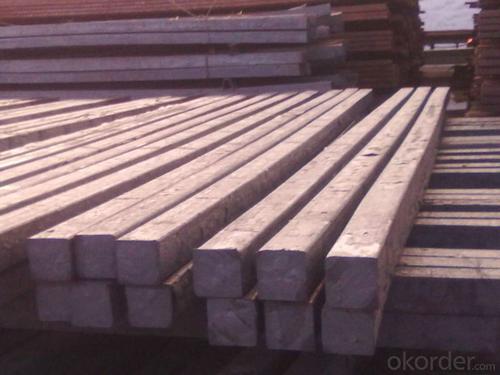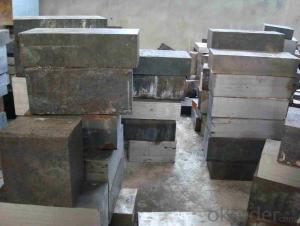Prime quality prepainted galvanized steel 685mm
- Loading Port:
- Tianjin
- Payment Terms:
- TT OR LC
- Min Order Qty:
- 100 m.t.
- Supply Capability:
- 10000 m.t./month
OKorder Service Pledge
OKorder Financial Service
You Might Also Like
Construction building material galvanized color prepainted cold
rolled steel coil
Prepainted steel sheet is coated with organic layer, which provides higher anti-corrosion property and
a longer lifespan than that of galvanized steel sheets.
The base metals for prepainted steel sheet consist of cold-rolled, HDG electro-galvanized and hot-dip
Alu-zinc coated. The finish coats of prepainted steel sheets can be classified into groups as follows:
polyester, silicon modified polyesters, polyvinylidene fluoride, high-durability polyester, etc
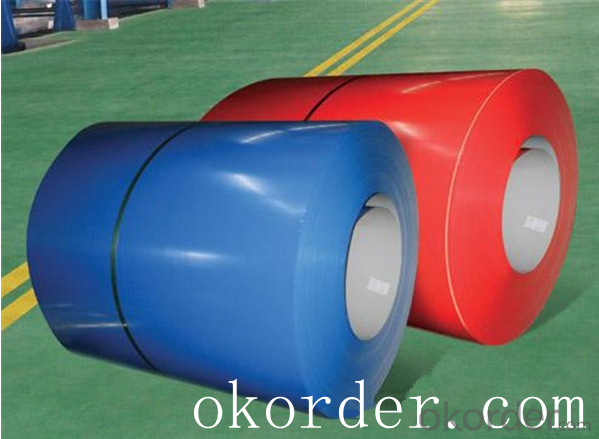
Standard and Grade :
Pre-paint galvanized steel coil | ||||
ASTM A755M-03 | EN10169:2006 | JISG 3312-2012 | ||
Commercial quality | CS | DX51D+Z | CGCC | |
Structure steel | SS GRADE 230 | S220GD+Z | CGC340 | |
SS GRADE 255 | S250GD+Z | CGC400 | ||
SS GRADE 275 | S280GD+Z | CGC440 | ||
SS GRADE 340 | S320GD+Z | CGC490 | ||
SS GRADE550 | S350GD+Z | CGC570 | ||
S550GD+Z | ||||
Application:
Outdoor | Roof, roof structure, surface sheet of balcony, frame of window, door of garage, rolled shutter door, booth, Persian blinds, cabana, etc |
Indoor | Door, isolater, frame of door, light steel structure of house, home electronic appliances, ect. |
Specifications
Commodity Name: Prepainted Galvanized Steel Coil
Standard: AISI, ASTM, DIN, GB, JIS
Grade: TDC52D+Z
Thickness 0.13-8.0mm
Width:600mm-1350mm
Zinc Coating:275g/m2
Polyester Coating Thickness:Top and Back coating thickness depend by Buyer Requirement.
Polyester Coating Type:2/2,1/2m,1/2.
Polyester Type: Polyester, silicone modified polyester, high durability polyester (HDP), polyvinylidene fluoride (PVDF)
Unit Roll Weight:5-20tons
Place of Origin Shanghai , China (Mainland)
Surface Treatment :Color Coated
Manufacture Progress:HRC-CRC-GALVANIZED-COLOR COATED
Application : Construction, electrical, transportation, steel plant, composite board plant, steel tile factory
Payment & Shipping Terms:T/T ,L/C, and FOB CHINA
Minimum Order Quantity: 25Tons
Packge Type: Moisture-proof paper inner,Steel outside,Bundle by steel rope.
Package in Container : Wood as a foot pad, wire rope reinforcement,PPGI steel coil tied together by steel rope.
- Q: What are the applications of steel billets in the automotive industry?
- The automotive industry relies heavily on steel billets as a crucial component, serving various roles. Engine parts, such as crankshafts, connecting rods, and camshafts, are produced by forging and machining these billets, which are essential for proper engine functionality. Similarly, suspension and steering components are manufactured using steel billets. Shaping them into control arms, tie rods, and steering knuckles ensures stability, control, and a smooth driving experience, thus guaranteeing safety and comfort. Moreover, transmission components benefit from steel billets. Gears, shafts, and other parts are forged and machined to facilitate the seamless transfer of power from the engine to the wheels, ultimately enhancing the vehicle's performance and efficiency. Furthermore, chassis and frame components are created using steel billets to provide the necessary stability and support for the entire vehicle. By incorporating billets, manufacturers can construct robust and long-lasting structures, including cross members, brackets, and reinforcements, that maintain the vehicle's structural integrity. To conclude, steel billets play a vital role in the automotive industry, serving multiple purposes. They are utilized in the production of engine parts, suspension and steering components, transmission parts, and chassis components, guaranteeing durability, performance, and safety in vehicles.
- Q: What are the different types of welding processes used for joining steel billets?
- There are several types of welding processes used for joining steel billets, including shielded metal arc welding (SMAW), gas metal arc welding (GMAW), flux-cored arc welding (FCAW), submerged arc welding (SAW), and laser beam welding (LBW). Each process has its own advantages and is chosen based on factors such as the thickness of the billets, the desired strength of the joint, and the production requirements.
- Q: How often is it? What is the range of temperature in the process of rolling? What is the temperature of the final rolling?
- Cold rolling is not consideredThe temperature at which the billet begins to roll (surface) is generally 1000-1150 degrees
- Q: What are the common shapes of steel billets?
- Steel billets can come in a variety of shapes, depending on their intended use and manufacturing process. Some of the common shapes of steel billets include square, rectangular, round, and hexagonal. Square billets are often used for applications requiring stability and strength, such as construction materials and machinery parts. Rectangular billets, with their elongated shape, are commonly used for structural components in construction and engineering projects. Round billets are often used for manufacturing pipes, tubes, and other cylindrical objects. Hexagonal billets, with their six-sided shape, are frequently used in the production of hex nuts, bolts, and other fasteners. These different shapes provide versatility in meeting various industry requirements and applications.
- Q: How are steel billets used in the manufacturing of railway tracks?
- Steel billets are an essential component in the manufacturing of railway tracks. These billets serve as the raw material from which the tracks are formed. The process begins with the steel billets being heated to a high temperature, typically around 1200 degrees Celsius, in a furnace. This heating process helps to soften the steel and make it more malleable. Once the billets are heated, they are passed through a series of rollers in a process known as hot rolling. This process involves the billets being continually passed through the rollers to gradually reduce their thickness and shape them into long, slender strips. This hot rolling process also helps to refine the internal structure of the steel, improving its strength and durability. After the hot rolling process, the steel strips are then cut into smaller sections, known as rails. These rails are carefully inspected for any defects or imperfections before they are further processed. They undergo a process called finishing, where any surface irregularities or imperfections are removed through grinding or polishing. The finished rails are then treated with various techniques to enhance their strength and resistance to wear and tear. This may include heat treatment processes such as quenching and tempering, which further improve the rails' hardness and toughness. Additionally, the rails may be coated with protective layers to prevent corrosion and extend their lifespan. Finally, the rails are transported to the construction site where they are laid and fastened to the sleepers or ties to form the railway track. The steel rails provide a sturdy and reliable foundation for trains to travel on, with their strength and durability enabling them to withstand heavy loads and constant use. In conclusion, steel billets play a crucial role in the manufacturing of railway tracks. They are transformed through various processes into rails that provide a solid foundation for trains to run on. The use of steel billets ensures that the railway tracks are strong, durable, and capable of withstanding the demands of heavy train traffic.
- Q: How are steel billets inspected for defects?
- To ensure the quality and integrity of the final product, steel billets undergo a series of meticulous and systematic processes to inspect for defects. The specific inspection methods used may vary depending on industry requirements and standards. However, the following techniques are generally employed: 1. Visual Inspection: Skilled inspectors visually examine the billet's surface for any visible defects such as cracks, surface irregularities, seams, or abnormalities. This is the initial step to identify obvious defects that could impact the billet's quality. 2. Magnetic Particle Testing (MPT): MPT is a non-destructive testing method that utilizes magnetic fields and iron particles to detect surface and near-surface defects in steel billets. By magnetizing the billets and applying iron particles, any defects cause the particles to cluster, making them visible. 3. Ultrasonic Testing (UT): UT uses high-frequency sound waves to inspect the internal structure of steel billets. A probe transmits ultrasonic waves into the billet, and the reflected waves are analyzed to identify internal defects such as voids, inclusions, or cracks. 4. Eddy Current Testing (ECT): This technique uses electromagnetic induction to identify surface and subsurface defects. By creating eddy currents within the billet using a probe, disruptions caused by defects alter the electrical conductivity, which can be detected and analyzed. 5. Radiographic Testing (RT): RT involves the use of X-rays or gamma rays to inspect the internal structure of steel billets. The billets are exposed to radiation, and the resulting image is examined for internal defects such as cracks, voids, or inclusions. 6. Ultrasonic Phased Array Testing (PAUT): PAUT utilizes multiple ultrasonic beams to inspect the entire volume of the billet. By controlling the beam angle, frequency, and focus, this technique allows for better defect detection and sizing. These inspection methods are typically performed at various stages of the manufacturing process, both before and after the billets are heated, rolled, or further processed. By implementing these rigorous inspection techniques, manufacturers can identify and address defects early on, ensuring the quality and reliability of the steel billets.
- Q: How are steel billets used in the manufacturing of agricultural machinery?
- Steel billets are often used as a starting material in the manufacturing process of agricultural machinery. They are typically shaped and transformed through various machining and forging techniques to create different components like gears, shafts, brackets, and frames. These components are then assembled to build the necessary machinery for farming operations, such as tractors, tillers, harvesters, and irrigation systems. The use of steel billets ensures durability, strength, and reliability in agricultural machinery, making them capable of withstanding the demanding conditions and heavy workloads often encountered in the agricultural industry.
- Q: How are steel billets used in the production of crankshafts?
- Steel billets are an essential component in the production of crankshafts. A crankshaft is a vital part of an engine that converts the reciprocating motion of the pistons into rotational motion, thus providing power to the vehicle or machinery. The manufacturing process of crankshafts involves several steps, and steel billets play a crucial role in forming the base material for this intricate component. A steel billet is a semi-finished product, typically in a square or rectangular shape, which is obtained through the continuous casting or rolling of molten steel. To produce a crankshaft, the steel billet is first heated to a specific temperature, usually through induction heating, to enhance its malleability and make it easier to shape. The heated billet is then placed into a forging machine, where it undergoes a series of compressive forces and plastic deformation to gradually form the desired shape of the crankshaft. During the forging process, the steel billet is subjected to immense pressure to ensure that the metal grain structure aligns in the optimal direction, resulting in a stronger and more durable crankshaft. The precise shaping of the crankshaft's main bearing journals, crankpin journals, and counterweights is achieved through carefully controlled forging techniques. Once the forging process is complete, the partially finished crankshaft undergoes various machining operations, including milling, turning, and grinding, to refine its dimensions and surface finish. These operations help ensure the crankshaft meets the required specifications for smooth operation and efficient power transmission. In summary, steel billets serve as the raw material for crankshaft production. Through the forging process, the billet is shaped and transformed into a strong and resilient crankshaft that can withstand the demanding conditions of an engine. The use of steel billets helps produce crankshafts with superior strength, durability, and performance, making them a critical component in the automotive and machinery industries.
- Q: What are the potential risks associated with steel billet production?
- Steel billet production carries various potential risks. To begin with, the production process involves working with high temperatures and molten metal, which can lead to burns and fire hazards. Operators and workers must exercise caution when handling the equipment and ensure they follow proper safety protocols to prevent accidents. Moreover, the raw materials used in steel billet production, such as iron ore and coal, may contain impurities that can release harmful gases and particulate matter during production. If not controlled and mitigated effectively, these emissions can pose health risks to workers and nearby communities. In addition, the machinery and equipment utilized in steel billet production, including furnaces and rolling mills, can pose mechanical hazards if not adequately maintained or operated. Accidents resulting from equipment malfunctions or material failures can cause injuries to workers and damage to the production facility. Furthermore, the steel industry heavily relies on non-renewable energy sources, such as electricity and fossil fuels, which contribute to greenhouse gas emissions and climate change. It is essential to minimize the environmental impact by implementing energy-efficient practices and adopting cleaner technologies. Lastly, transporting steel billets from the production facility to the next stage in the supply chain presents risks. Proper lifting and securing techniques are necessary to prevent accidents and injuries during loading, unloading, and transportation of the heavy steel billets. To address these risks, steel billet producers must prioritize safety measures. This includes conducting regular equipment inspections, providing proper training for workers, implementing environmental controls, adhering to safety regulations, and continuously improving operational practices.
- Q: How are steel billets used in the production of wire rods and bars?
- Steel billets are used in the production of wire rods and bars as they serve as the initial raw material. These billets are heated and then rolled or forged into long, slender shapes to create wire rods or bars. The size and shape of the billets determine the final dimensions of the wire rods or bars, which are used in various industries such as construction, automotive, and manufacturing.
Send your message to us
Prime quality prepainted galvanized steel 685mm
- Loading Port:
- Tianjin
- Payment Terms:
- TT OR LC
- Min Order Qty:
- 100 m.t.
- Supply Capability:
- 10000 m.t./month
OKorder Service Pledge
OKorder Financial Service
Similar products
Hot products
Hot Searches
Related keywords
